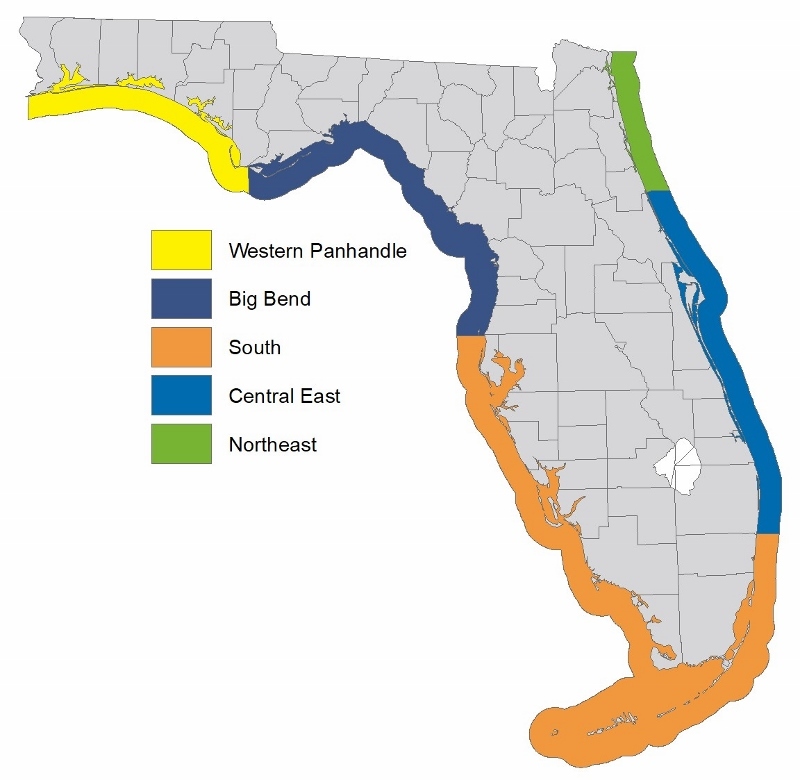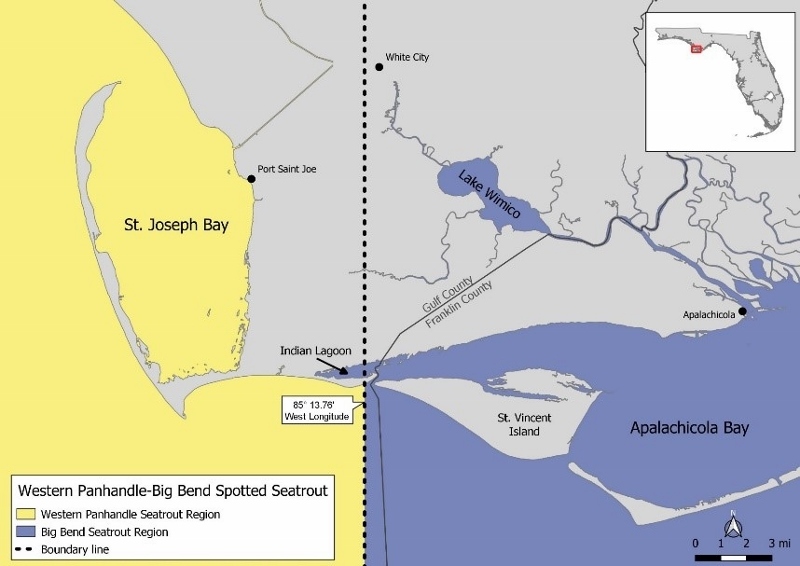FWC approves changes to spotted seatrout rules
Florida Fish & Wildlife Conservation Commission sent this bulletin at 12/12/2019 03:41 PM EST
(Having trouble viewing this email? View it as a Web page.)
For immediate release: Dec. 12, 2019
Suggested Tweet: Spotted #seatrout rule changes approved by @MyFWC: https://content.govdelivery.com/accounts/FLFFWCC/bulletins/271263f #Florida #Fishing #FWC2019
FWC approves changes to spotted seatrout rules
At its meeting in Panama City Beach, the Florida Fish and Wildlife Conservation Commission (FWC) approved several rule changes for spotted seatrout. Spotted seatrout are one of Florida’s most popular inshore fisheries. Based on the results of a recent stock assessment and after hearing concerns from anglers, FWC worked with stakeholders to create a suite of regulatory changes that would benefit the spotted seatrout as well as continue to provide quality fishing opportunities.
The following rules will go into effect Feb. 1, 2020:
-
Creating two new zones by splitting the Northwest spotted seatrout management zone into the: (See maps below.)
- Western Panhandle (Escambia County through the portions of Gulf County west of longitude 85 degrees, 13.76 minutes but NOT including Indian Pass/Indian Lagoon).
- Big Bend (remaining portion of Gulf County plus Indian Lagoon, and Franklin County through Fred Howard Park Causeway in Pinellas County).
- Creating the renamed South Florida zone (Fred Howard Park Causeway in Pinellas County near the Pasco County line through Broward County) and Central East zone (Palm Beach through Volusia counties) by moving the boundary between the southern management zones. (See maps below.)
-
Reducing bag limits
- Western Panhandle: five to three fish.
- Big Bend: no change (remains five fish).
- South Florida: four to three fish.
- Central East: four to two fish.
- Northeast: six to five fish.
- Modifying the recreational slot size limit from 15-to-20 inches to 15-to-19 inches total length.
- Allowing one seatrout over 19 inches per vessel (currently per harvester).
- Prohibiting captain and crew from keeping a bag limit on a for-hire trip.
- Re-establishing the February recreational closure in the Western Panhandle zone and the November-December recreational closure in the Central East zone.
- Reducing the current daily commercial limits to 50 per harvester and 100 per vessel.
- Removing an unnecessary commercial reporting form.
Learn more about spotted seatrout by visiting MyFWC.com/Marine and clicking on “Recreational Regulations” and “Spotted Seatrout.”
-30-

Newly-approved spotted seatrout management zones, effective Feb. 1, 2020.

New boundary between the Western Panhandle and Big Bend spotted seatrout management zones effective Feb. 1, 2020.

